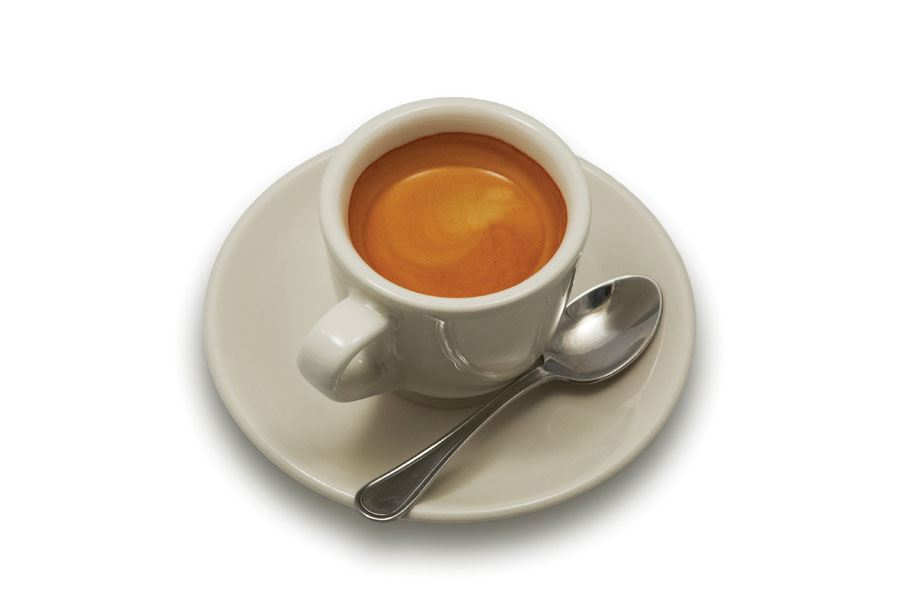
The first coffee plants in Brazil arrived in the early 18th century, but Brazilians’ love affair with coffee really took off in the early 1800s, when huge plantations were established in São Paulo State’s Paraíba River valley. Within a century, coffee was the country’s main export, and Brazil remains the largest producer of coffee beans in the world. Whether it’s early in the morning or late at night, Rotarians in town for the 2015 RI Convention, 6–9 June, will be able to find a good cup of joe in São Paulo.
With breakfast, Brazilians usually take their coffee black or pingado (with milk). After a meal, it’s common to have a cafezinho — strong black coffee served in a small cup. Cafezinho and pão de queijo (a cheesy bread puff) are a common mid-afternoon snack.
Any bar or bakery in Brazil worth its salt will serve good cafezinho. At higher-end padarias, you can enjoy your coffee with pastries and desserts, or misto quente, a grilled ham-and-cheese sandwich.
In Santos, about an hour from São Paulo, you’ll find the Palácio da Bolsa Oficial de Café, or Official Coffee Exchange Palace, where the price of coffee was traditionally set. It now houses a coffee museum, the Museu do Café, which naturally includes a cafe and a shop.
Register for the 2015
RI Convention in São Paulo at
www.riconvention.org.





